Subwoofers have become an indispensable element of modern audio systems, elevating music, movies, and gaming experiences with their deep, resonant bass. Understanding the intricacies of how subwoofers work, their benefits and limitations, and how to select and utilize them effectively can significantly enhance your listening experience. This article delves into everything you need to know about subwoofers, providing insights for both audiophiles and casual listeners alike.
Table of Contents:
– What is a subwoofer?
– How does a subwoofer work?
– Benefits and drawbacks of a subwoofer
– How to choose a subwoofer
– How to use a subwoofer
What is a subwoofer?
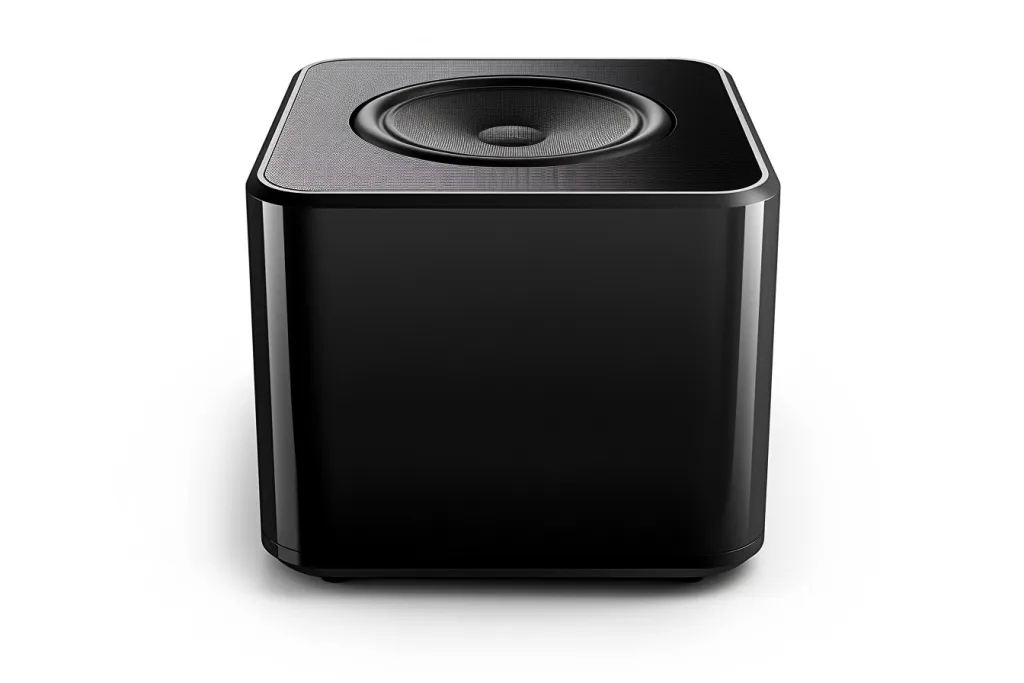
A subwoofer is a type of loudspeaker designed to reproduce low-pitched audio frequencies known as bass and sub-bass, lower than what typical speakers can produce. Subwoofers cover a range typically from about 20 Hz to 200 Hz for consumer products, beyond which standard speakers take over. They are an essential component in surround sound systems and for achieving a full-range audio experience, especially in home theaters, car audio systems, and public address systems.
Subwoofers come in various sizes, from compact units that can be hidden away under furniture to large floor-standing models that can become the centerpiece of an audio setup. Their design includes a large driver (the part of the speaker that moves to create sound) housed in a cabinet specifically engineered to enhance low-frequency sound production. This focus on low frequencies allows subwoofers to produce the deep, pulsating sounds that you can often feel as much as hear.
How does a subwoofer work?
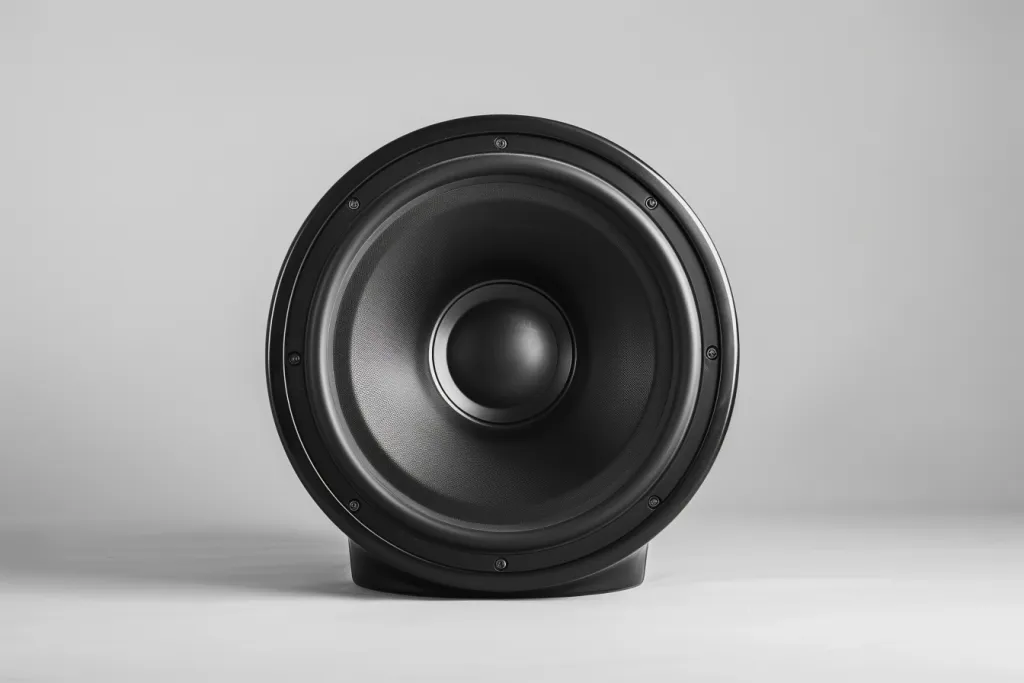
Subwoofers operate by converting electrical signals into physical motion to produce sound waves. The heart of a subwoofer is its driver or woofer—a large diaphragm that moves back and forth to push air and create sound waves. This movement is generated by an electromagnetic process involving a voice coil suspended in a magnetic field. When an audio signal is passed through the coil, it induces a magnetic field that interacts with the permanent magnet surrounding it, causing the coil, and thus the diaphragm, to move.
The design of a subwoofer’s enclosure plays a crucial role in its performance. There are several types of subwoofer enclosures, including sealed, ported, and bandpass, each offering different characteristics in terms of efficiency, frequency response, and the overall sound quality. The enclosure’s volume and shape are carefully calculated to match the driver’s specifications to maximize the system’s overall efficiency and minimize distortion.
Benefits and drawbacks of a subwoofer
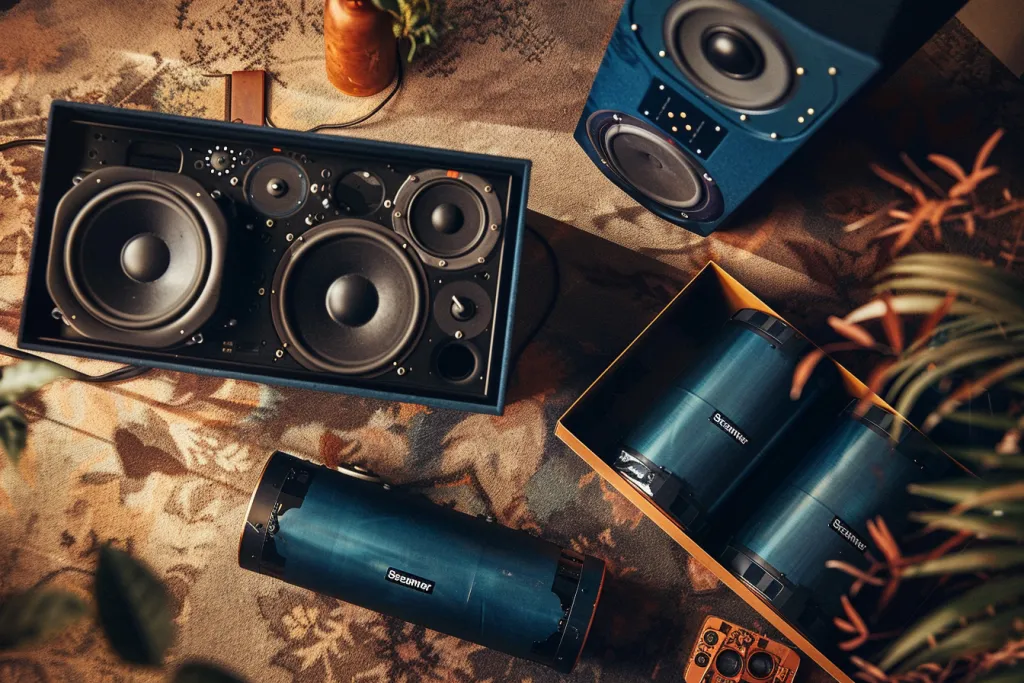
Subwoofers bring a range of benefits to an audio system. They provide a depth and richness to sound that smaller speakers cannot achieve, allowing listeners to experience the full spectrum of music and soundtracks, including the lowest bass frequencies. This can create a more immersive listening experience, whether you’re watching a movie, listening to music, or playing a video game. Additionally, by handling the bass frequencies, subwoofers relieve the smaller speakers in a system from reproducing these demanding sounds, resulting in clearer, more detailed mid and high frequencies.
However, subwoofers also have their drawbacks. They can be large and difficult to integrate into smaller living spaces aesthetically. Proper placement is crucial for optimal performance, and finding the right spot can be challenging. Moreover, poorly designed or incorrectly set up subwoofers can lead to boomy or uncontrolled bass that overwhelms the rest of the audio spectrum, rather than complementing it.
How to choose a subwoofer
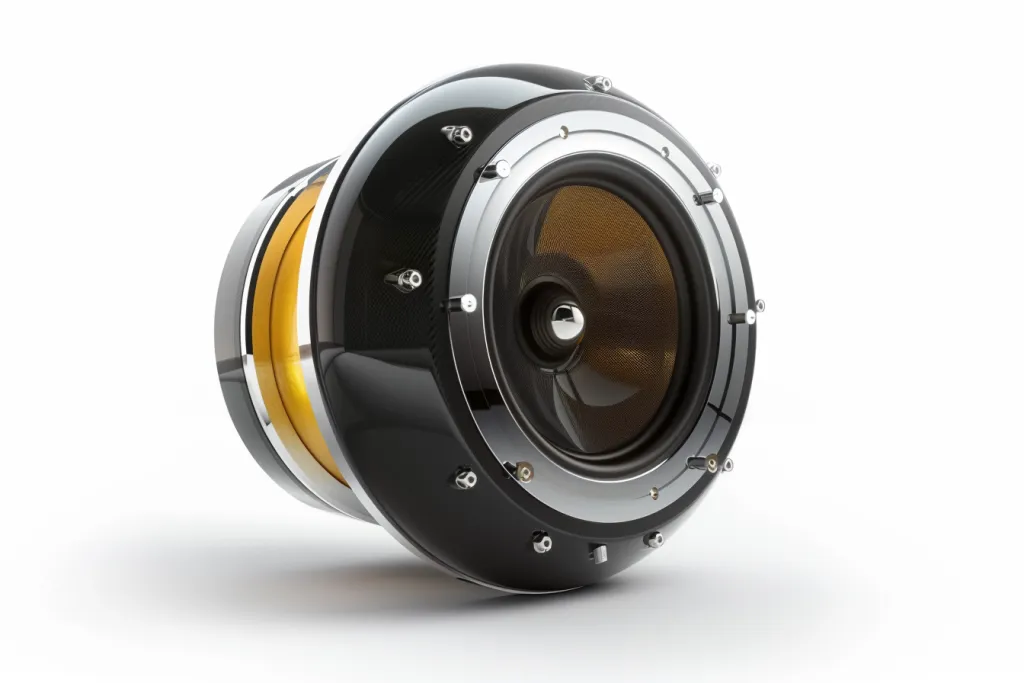
Choosing the right subwoofer involves considering several factors, including size, power, type of enclosure, and connectivity options. The size of the room and the main use of the subwoofer (music, movies, or a bit of everything) will dictate the power and size of the subwoofer you need. Larger rooms and those seeking cinema-like experiences may benefit from larger, more powerful subwoofers, while smaller rooms or those primarily interested in music might prefer a more compact, less overpowering unit.
The type of enclosure is also an important consideration. Sealed enclosures offer tighter, more accurate bass, while ported and bandpass enclosures can produce more volume and a fuller bass experience but may sacrifice some accuracy. Additionally, consider whether you need a powered subwoofer (with a built-in amplifier) or a passive subwoofer (requiring an external amplifier), keeping in mind the connectivity options with your existing audio system.
How to use a subwoofer
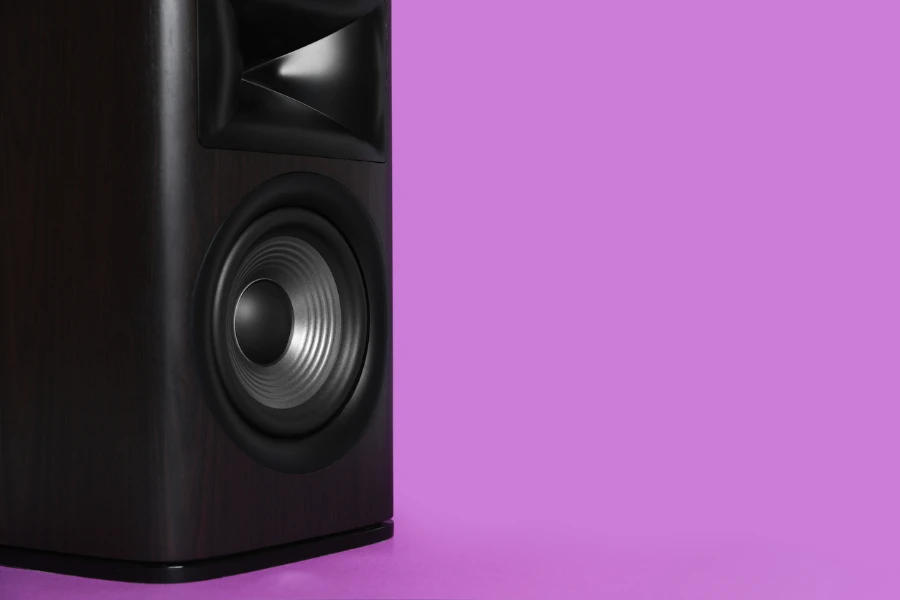
Properly setting up and using a subwoofer can significantly enhance its performance. Placement is key; the ideal location depends on the room’s acoustics and layout. Experiment with different spots, keeping in mind that corners can amplify bass but may also muddle it. Once you’ve found the right spot, adjust the crossover frequency—the point at which your subwoofer takes over bass duties from your speakers—to ensure a seamless audio transition. Finally, fine-tune the volume and phase controls to match the rest of your system, aiming for a balanced sound that blends the bass smoothly with the mid and high frequencies.
Conclusion:
Subwoofers are powerful tools in any audio setup, capable of bringing depth, richness, and immersion to your listening experience. Understanding how they work, their benefits and limitations, and how to choose and use them effectively can help you unlock their full potential. Whether you’re an audiophile seeking the perfect sound or simply looking to enhance your home entertainment system, a well-selected and properly configured subwoofer can make a world of difference.




